Live: Hot Issue - Nike Stock Crashes 60% from All-Time Highs, Is it Worth Buying Now?
- Get link
- X
- Other Apps
In this news report, we'll dive into the latest developments surrounding Nike's stock, which has crashed 60% from its all-time highs. We'll analyze the company's financials, explore why the stock is down, and determine if Nike stock is an attractive investment opportunity at current levels.
Table of Contents
- 📉 Nike's Steep Decline - Losing 6 Years of Gains
- 📈 Examining Nike's Operating Income and Cash Flow
- 📉 Nike's Latest Financial Results - Revenue Declines
- 📉 Nike's Gloomy Financial Outlook for 2025
- 📈 Valuing Nike Stock - Is it Undervalued?
- Comparing Nike to Lululemon - A Stronger Competitor? 🏋️♂️
- Conclusion - Is Nike Stock a Buy? 💼
📉 Nike's Steep Decline - Losing 6 Years of Gains
Nike's stock has plummeted by 20% following the company's recent earnings report, marking a significant decline. This drop has caused the stock to regress to 2018 levels, resulting in the loss of six years of gains. Additionally, with the stock having been valued at $175 in 2021, it has now tumbled by 60% from its all-time highs. As a renowned global brand, Nike's substantial stock decline has raised concerns among numerous investors, prompting a closer examination of the factors driving this downturn.
Analyzing Nike's Long-Term Revenue Growth
When analyzing Nike's long-term revenue growth, it's evident that the company has experienced substantial and consistent growth over the decades. However, a closer look reveals that the revenue has stagnated over the past 18 months, indicating a potential plateau. Examining historical patterns, there have been periods, such as in 1993, during the tech bubble, and in 2008 to 2010, where Nike's revenue experienced stagnation or decline.
📈 Examining Nike's Operating Income and Cash Flow
As I delve into Nike's financial performance, it's crucial to closely examine its operating income and cash flow. Despite the long-term growth in operating income, it's currently experiencing a significant correction from its all-time highs in 2021. Conversely, Nike's cash flow has exhibited higher volatility compared to its operating income. In valuing the stock, I prioritize the operating income as it appears to be the most consistent metric for Nike.
Dissecting Nike's Key Performance Indicators
Let's take a deeper look at Nike's key performance indicators (KPIs) to gain insights into the company's revenue streams and regional performances. By analyzing these KPIs, we can better understand the dynamics driving Nike's business and its overall performance in the market.
- Apparel Revenue: Remained flat for about 3 years
- Footwear Revenue: Showing minimal growth over the past 18 months
- Equipment Revenue: Demonstrating an upward trend, albeit representing a smaller portion of the overall business
- Converse Revenue: Declining since the first quarter of 2023
- North America Revenue: Stagnating since the first quarter of 2023
Moreover, Europe and Greater China revenues have also shown a decline, while Asia-Pacific revenue is exhibiting a slight uptrend. These insights provide a comprehensive view of Nike's business performance, highlighting areas of strength and concern.
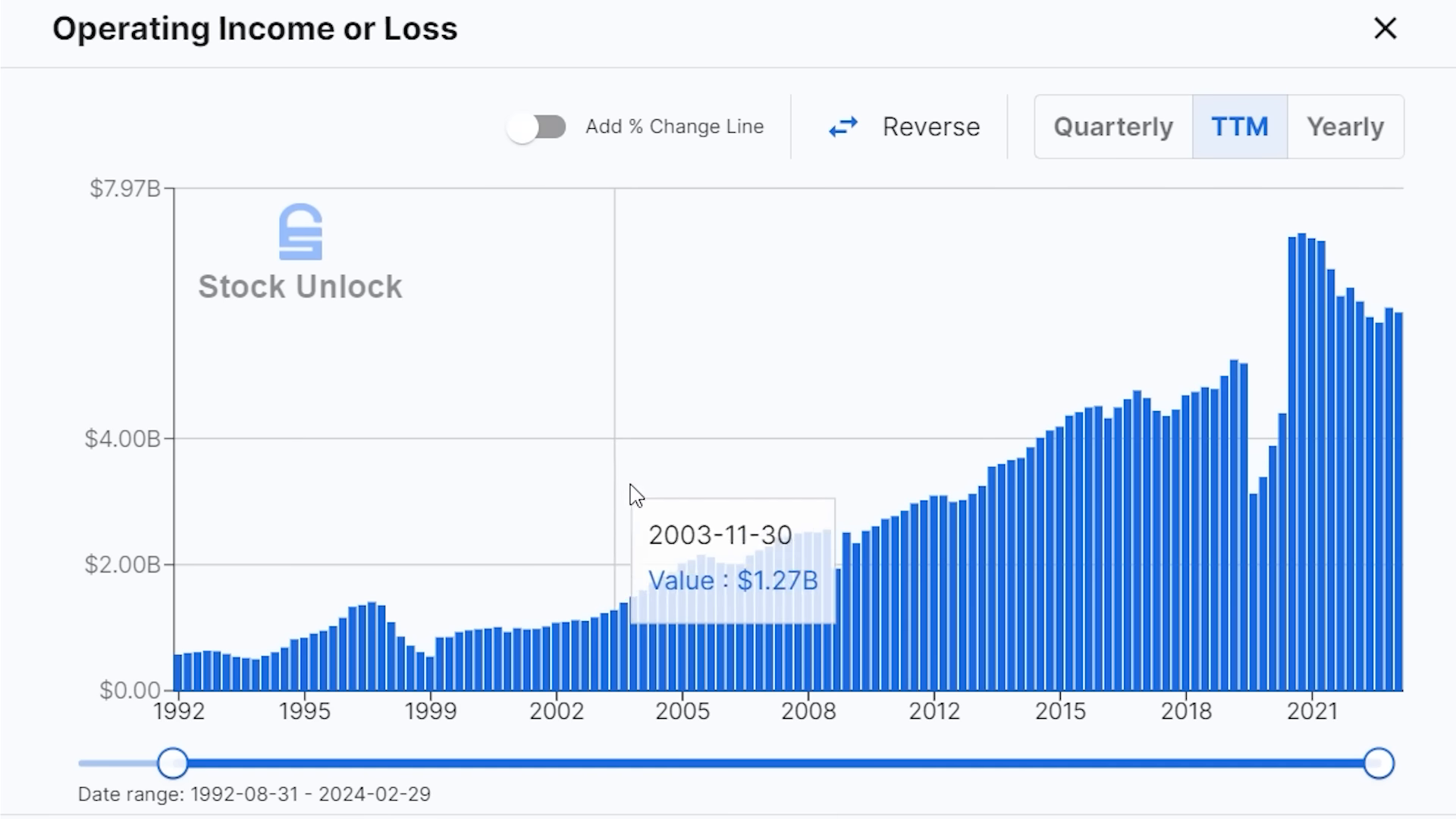
📉 Nike's Latest Financial Results - Revenue Declines
Recently, Nike's financial results have raised concerns as the company's revenue has shown a decline. In the full fiscal year, Nike's revenues were 51.4 billion, representing only a 1% increase from the prior year. However, fourth quarter revenues saw a 2% decrease, amounting to 12.6 billion. Nike's direct revenues for the same period were 5.1 billion, reflecting an 8% decline, while wholesale revenues were 7.1 billion, indicating a 5% increase year-over-year. These figures demonstrate a concerning trend of revenue decline for Nike, which has been evident for approximately 18 months.
Diving into Nike's Income Statement
Upon examining Nike's income statement, it's apparent that while the revenue was down by 2%, the operating income for the last three months of the fiscal year stood at 1.7 billion, marking a substantial 39% increase year-over-year. Furthermore, for the entire fiscal year of 2024, Nike achieved an operating income of $6.7 billion, showcasing an 8% rise from the previous year. Despite the stagnant revenue growth, Nike managed to augment its operating income, underscoring its ability to enhance profitability through margin optimization.
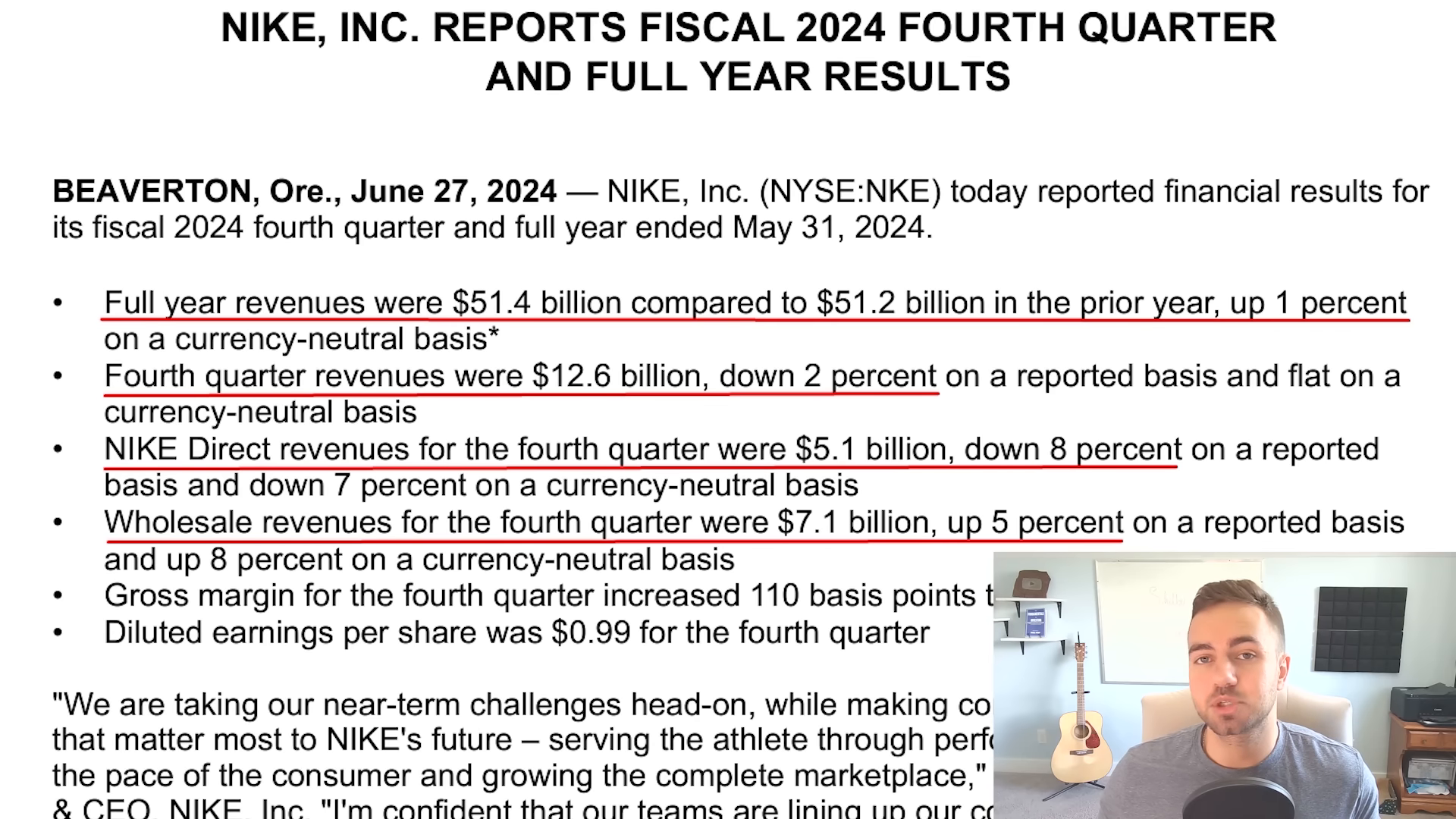
📉 Nike's Gloomy Financial Outlook for 2025
Nike's financial outlook for 2025 appears challenging as the company anticipates a decline in revenue. The guidance indicates a mid single-digit decrease in overall revenue, with the first half of the fiscal year expected to witness a high single-digit drop. Furthermore, Nike foresees a substantial 10% year-over-year decline in revenue for the first quarter of fiscal 2025, signaling significant headwinds for the company's financial performance.
Implications of Revenue Decline
Nike's projection of a revenue decline in 2025 has contributed to a significant decrease in its stock value. The company's cautious outlook and the anticipated revenue contraction have prompted concerns among investors, leading to a reevaluation of Nike's stock potential in the current economic climate.
Historical Price to Operating Income Ratio
Assessing Nike's historical average price to operating income ratio reveals that the company is currently trading well below its long-term averages. Despite this, the market sentiment towards Nike stock remains bearish, possibly due to the projected revenue decline. It's essential to consider the historical context of Nike's valuation and its potential impact on investment decisions.
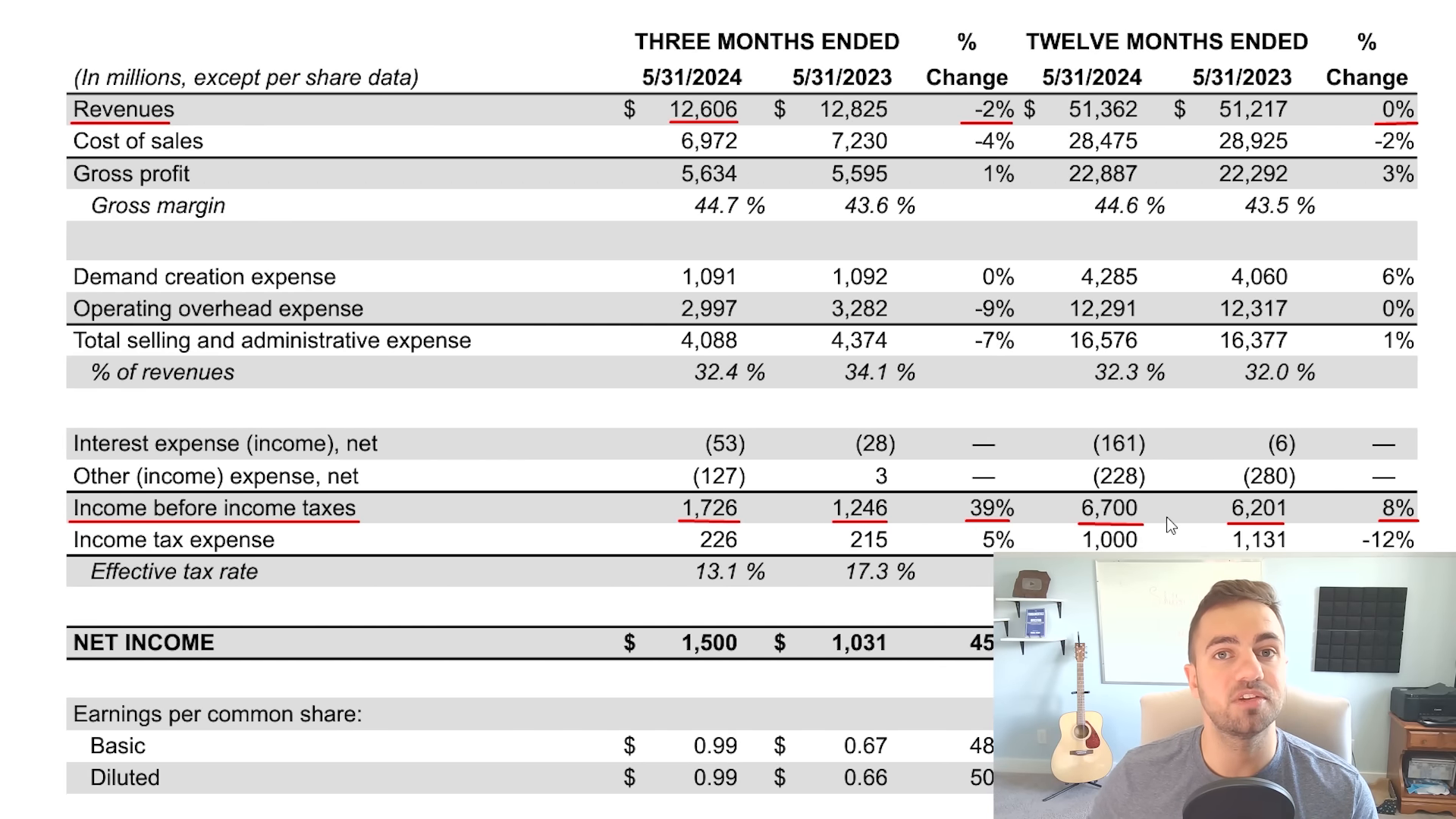
📈 Valuing Nike Stock - Is it Undervalued?
Amidst the current market sentiment and projected revenue decline, there's a debate surrounding the valuation of Nike stock. The historical overvaluation of the stock, particularly during 2020 and 2021, has shifted to a potential undervaluation in the present economic landscape. As I explore Nike's stock valuation, it's crucial to consider the company's operating income and its implications for investment opportunities.
Potential Undervaluation
Despite the historical overvaluation of Nike stock, the present price to operating income ratio suggests a potential undervaluation. The market's correction from previous overvaluation could present an opportunity for investors to consider the stock as a viable investment option. However, it's essential to conduct a comprehensive analysis to determine the true value of Nike stock amidst the current financial outlook.
Discounted Cash Flow Calculation
Conducting a discounted cash flow calculation on Nike stock, considering its operating income and historical performance, can provide valuable insights into the stock's current valuation. By evaluating Nike's growth, share buybacks, and dividend growth, coupled with a fair price to operating income ratio, a comprehensive assessment of the stock's potential can be achieved.
For more information on stock valuation and investment strategies, you can visit Stock Unlock.
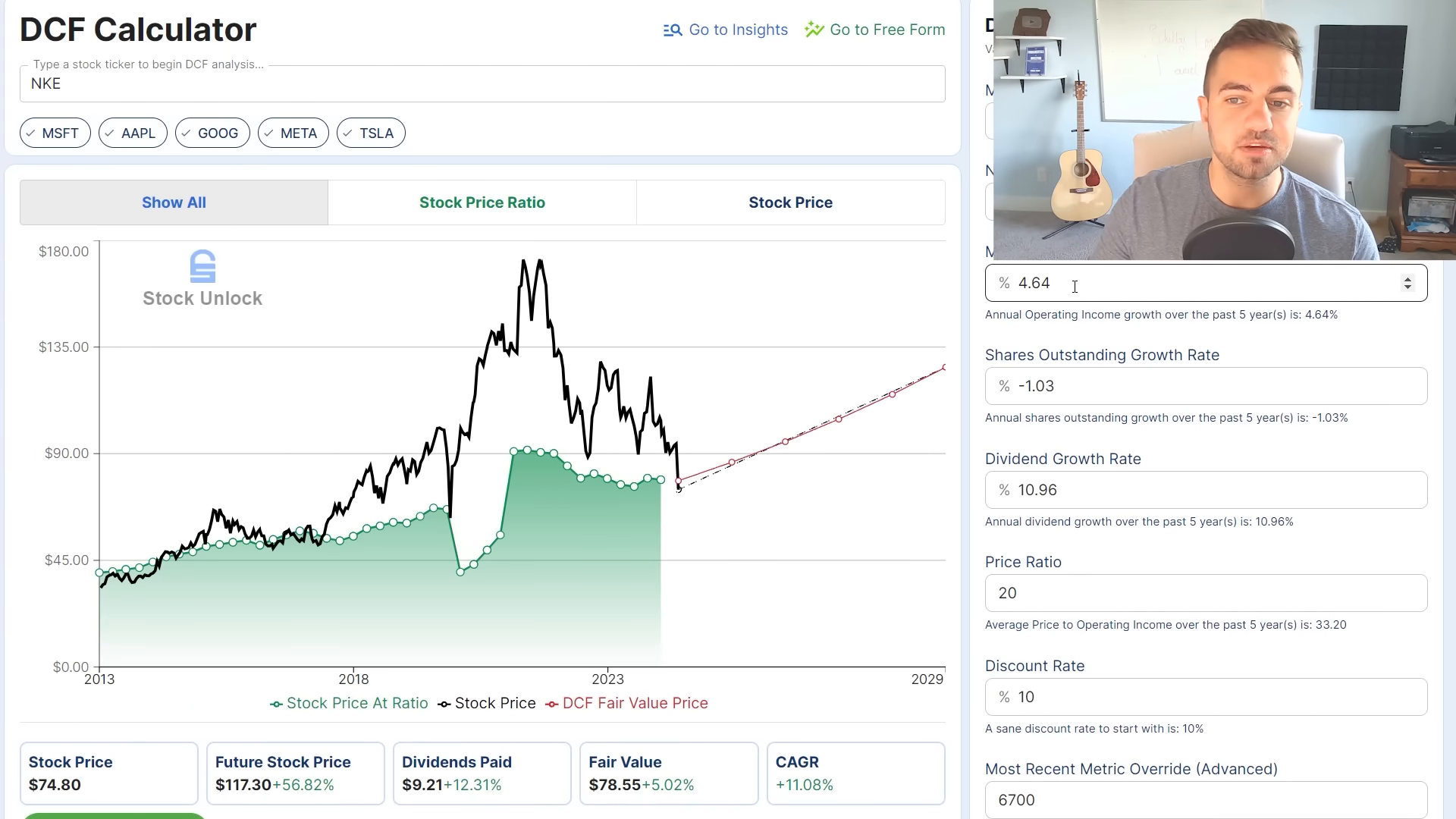
Comparing Nike to Lululemon - A Stronger Competitor? 🏋️♂️
While discussing Nike's stock, I found it intriguing to compare it with another company I follow, Lululemon. Lululemon's Revenue is still growing by 16% year-over-year and is projecting about 10% growth for the next year in its fiscal year. It seems like Lululemon, another consumer brand, is actually taking market share from Nike because the business is still growing quite strong and at Double Digit growth rates. Lululemon is trading for a price operating income of about 18.5 today. After Nike's most recent share price fall, it is slightly more expensive than Nike, but Lululemon, at least in this market environment, seems like the stronger business and is growing significantly quicker than Nike.
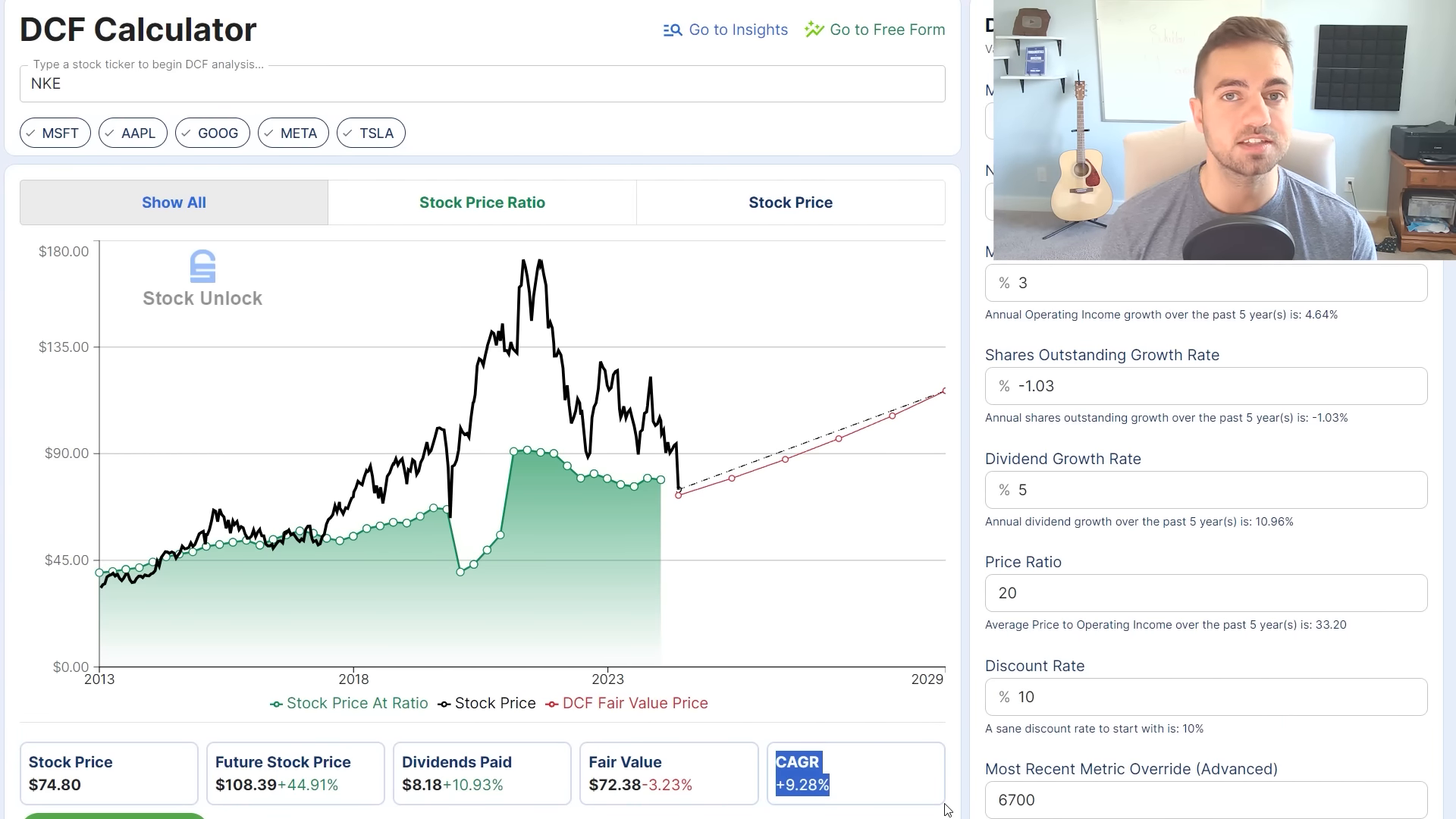
Conclusion - Is Nike Stock a Buy? 💼
Considering the current market sentiment and projected revenue decline, there's a debate surrounding the valuation of Nike stock. While there is an argument that Nike stock is looking quite attractive today and could deliver Market beating returns if the company can turn around the business, get that operating income growing again, and maintain at least a 20 price to operating income ratio, it's not a buy for me. I still think that it is a little bit more on the expensive end and isn't offering a massive margin of safety today. However, I would love to hear what you guys think down in the comments section below.
If you're interested in learning more about stock valuation and investment strategies, you can visit Stock Unlock.
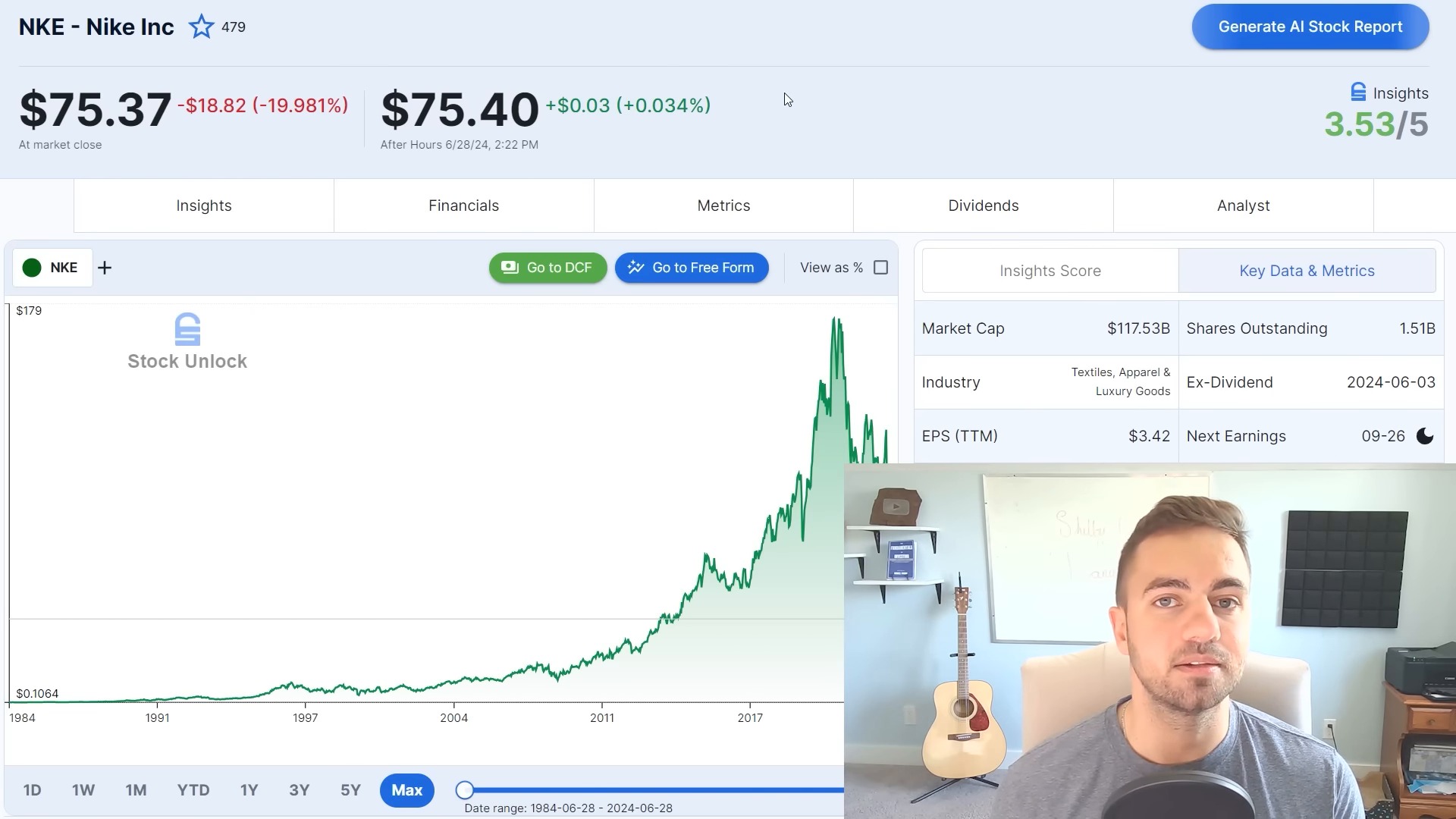
Made with VideoToBlog
- Get link
- X
- Other Apps
Comments
Post a Comment